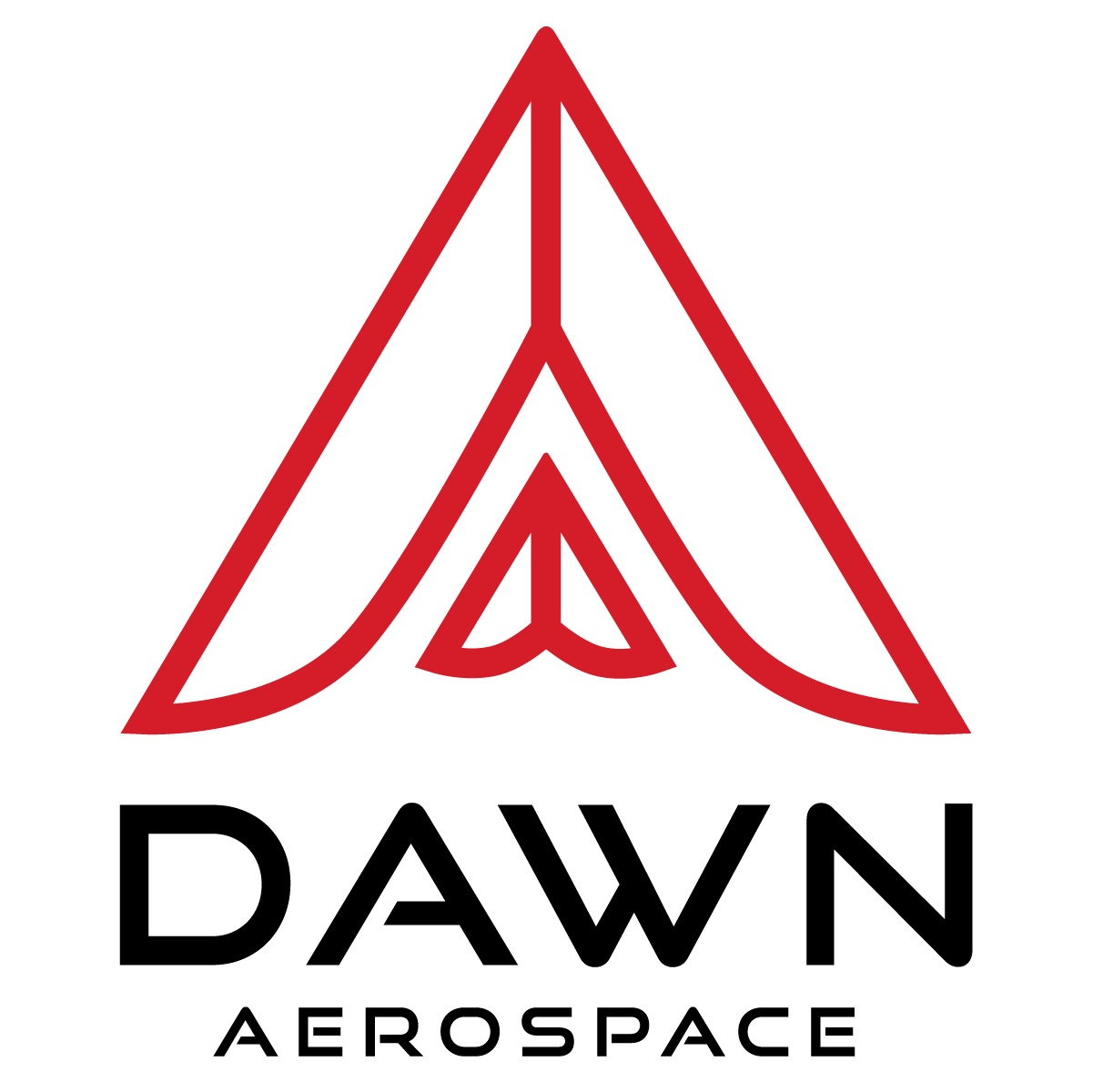Dawn Aerospace B20 Thrusters Proven in Space
In a world-first, Dawn Aerospace today confirmed the company’s novel satellite thruster has been proven in space. Six thrusters were onboard D-Orbit’s ION Satellite Carrier. The companies have been working together since early-2019.
Since launching on SpaceX’s Transporter-1 mission in January, D-Orbit’s operations team fired the six Dawn Aerospace B20 thrusters, validated attitude and orbit control strategies and algorithms, analyzed post-firing changes of orbital parameters and performed flight dynamics processes. The resulting orbit-changing manoeuvres succeeded in changing the altitude by up to 10km, while also demonstrating ION’s ability to change the local time of the ascending node (LTAN).
D-Orbit’s ION Satellite Carrier, the company’s proprietary space transportation vehicle, successfully deployed all 20 satellites hosted inside, including eight SuperDoves from returning customer Planet, the US-based Earth-imaging company.
Today’s success is significant due to the thruster’s use of alternative propellants to hydrazine, a fuel commonly used to propel satellites, which is difficult to store and harmful to human health. Dawn’s B20 thruster achieves similar performance by using a unique, green-propellant combination; nitrous oxide and propylene. Having delivered this technology to both CubeSats and Small Satellites, Dawn is demonstrating this technology can be applied to satellites of all sizes.
Thrusters, or in-space propulsion, are small rocket motors that form part of the satellite itself. They allow satellites to manoeuvre in space after their initial boost onto orbit. Thrusters serve several functions; they can perform corrective manoeuvres if a satellite has been delivered to an incorrect orbit, they can orientate a satellite, can be used for collision avoidance, and can carry a satellite further afield, for example to a higher orbit or on a mission to the moon or another planet.
"This in-orbit demonstration of our B20 product is the ultimate verification that our unique technology works,” said Stefan Powell, CTO of Dawn Aerospace. "It is now possible to have the performance that satellite manufacturers loved about Hydrazine, with none of the environmental and cost drawbacks of using toxic fuels.”
Using nontoxic propellants is naturally far less risky than using something like hydrazine, which is toxic at extremely low concentrations - 40 parts per million. Dawn’s green propellants are great for the environment, but can also save the satellite operator about half a million (USD) per satellite by eliminating the safety precautions required to store and handle hydrazine. “That's massive for small satellite companies for whom a total mission might only cost one million dollars or less," said Powell.
Onboard SpaceX’s Transporter-1 mission was 133 commercial and government spacecraft (including CubeSats, MicroSats, and orbital transfer vehicles) and 10 Starlink satellites – the most spacecraft ever deployed on a single mission.
Affordable propulsion is key in the responsible use of space and is an important tool for deorbiting satellites at the end of their lifetime. Satellite manufacturers – and their regulators – are increasingly seeing propulsion as a necessary system on any mission.
Download the B20 Thruster Specifications & STEP file
D-Orbit Press Release: D-Orbit Successfully Completes Deployment Phase of Ongoing PULSE Mission, Deploys 20 Satellites In-Orbit, and Executes Orbital Maneuvers.
